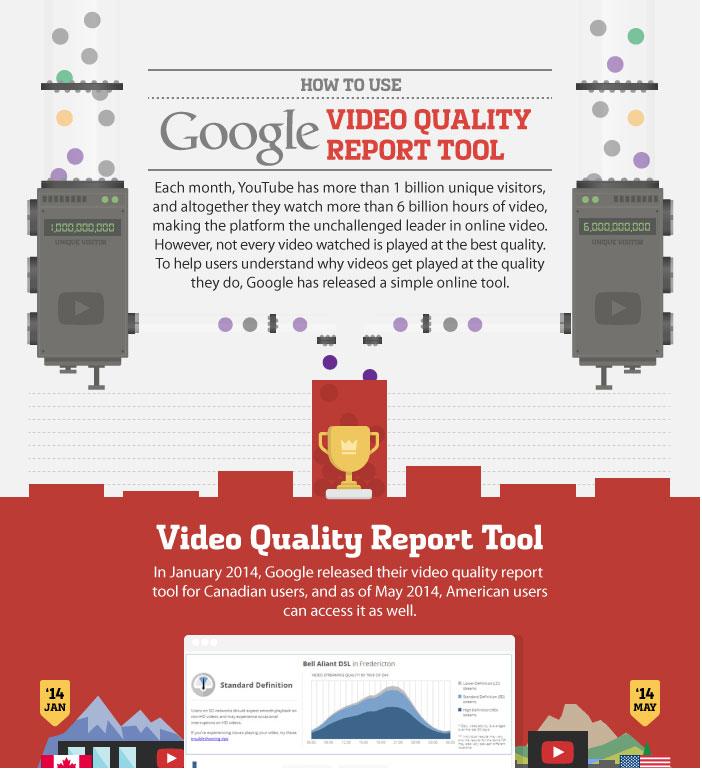
Building a professional and fully functional website is no longer a big deal for online businesses. There are plenty of tools that enable anyone without coding experience to create beautiful websites in a short amount of time. Not only are these self-made sites competent regarding design, but they also usually offer good user experience with their preconfigured navigation and layouts. Despite the availability of these site-building tools, why isn’t everyone succeeding with his or her websites?
It is because not everyone knows SEO (Search Engine Optimization) and how to integrate it well with an excellent site. Most webmasters focus too much on SEO that they sacrifice user experience in the process (or the other way around). Since both are equally important, the key is finding the perfect balance between these two elements for online success.
Here are five time-tested practices that will help you integrate SEO into your site without compromising user experience:
Focus on Storytelling
User experience and SEO often conflicts when it comes to content. A poorly optimized page will contain forced keywords that look unnatural and disrupt the flow of the entire article. This is why you should focus on weaving together words to form a narrative that describes your product or service in action.
A good story answers three important questions: what is the problem, who is involved, and how the problem is dealt with. Furthermore, you should include concrete examples and actionable steps to increase the value of reading your content. You will need the help of a talented content or copywriter for this.
You can also apply storytelling to introduce your brand in your homepage. Since you will also be talking about your products or services, it should be easy to include the keywords you are targeting for SEO. Just remember that your content should flow from top to bottom, so all it takes is a well-planned layout. For the homepage, you should always include who you are, what you offer, who it is for, and how to get in touch.
Refine Site Architecture

When indexing pages for their search engine, Google sends out crawlers (also known as Googlebots) that access pages by following the site’s internal link structure. When creating your content, be sure to include links to the relevant pages on your site. This will improve the visibility of those pages by giving Googlebots and readers better access to them.
Remember that optimizing the internal links of your website may also improve user experience especially if you are leading them to something relevant. To avoid confusing your readers, make sure that you are linking to content that is contextual to the original page. Also, use the appropriate anchor text for each link.
SEO professionals also use another strategy known as a “link silo” where posts are organized and linked together according to the category. This should also make it more convenient for your readers to discover relevant pages.
Make Actionable CTAs for Each Page
Brilliant storytelling for creating compelling content should be enough to engage your audience fully. If they are satisfied with the information they received, they should experience a wave of motivation that encourages them to take action. This is what a call-to-action (CTA) is for.
An effective CTA points readers to the product page or an opt-in form that will turn them into subscribers. This will help you reap the full benefits of your SEO and advertising efforts. Also don’t worry about sounding “salesy.” If you wrote your content well, your reader should be more than willing to start interacting more with your brand.
Use Images and Text
Finding the balance between user experience and SEO is similar to finding the perfect mix of images and text for your content. The text is versatile and useful for in-depth information as well as for including contextual links. It is also the primary format for including keywords in your content.
On the other hand, adding visual elements to your content can significantly improve the user experience. It enables your audience to get the information they need much faster than a wall of text. Take a look at the infographic below to learn why visual elements are more efficient than written words:

Real images should also capture the attention of your audience. Use them well to make sure that they focus on the information you want them to see. Finding a creative agency is an excellent way to start if you wish to maximize SEO and user experience in your content. For data-driven information, you may utilize infographics that will present organized information with style.
Feature Social Proof
To offer the best experience for your readers, you can make them feel more comfortable with your brand by showing them social proof. It can be acquired through positive product reviews, testimonials, as well as evidence of your social media pages. The more they see that other users are getting positive experiences with your brand, the more they are likely to convert into subscribers or paying customers.
When implementing social sharing buttons in your content, be sure to use plugins that enable “share count”. Since Twitter eliminated the availability of share count for social sharing buttons, you can use a third-party widget such as TwitCount to utilize the number of tweets as social proof.



